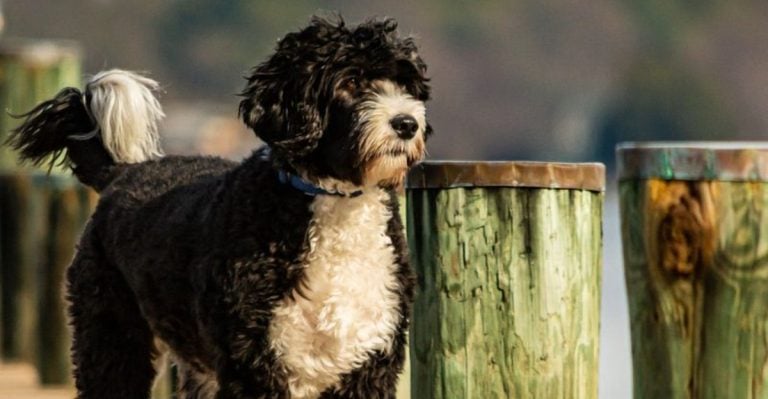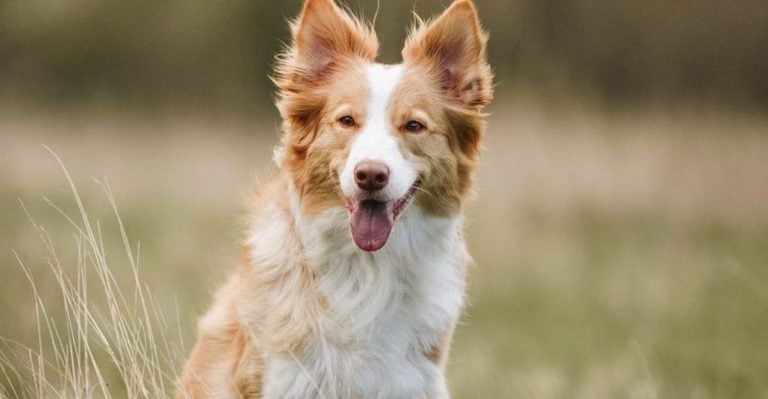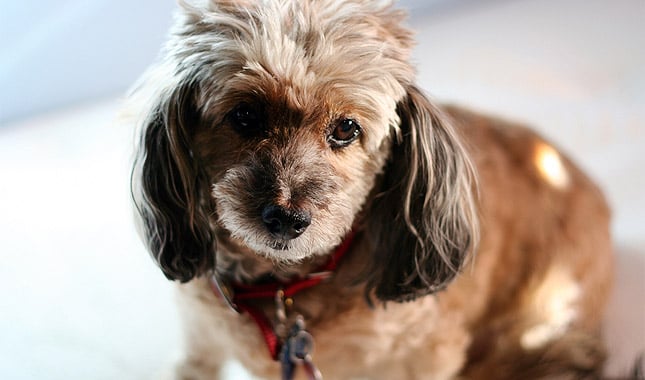15 Facts About The Central Asian Shepherd Dog

You probably think you’ve met a tough dog. What if we told you that you haven’t? The Central Asian Shepherd makes most breeds look like daycare fluff. It flaunts impressive features and history that will get anyone hooked. By the end of this article, you’ll understand why people find this dog interesting.
Also Called The Wolfcrusher
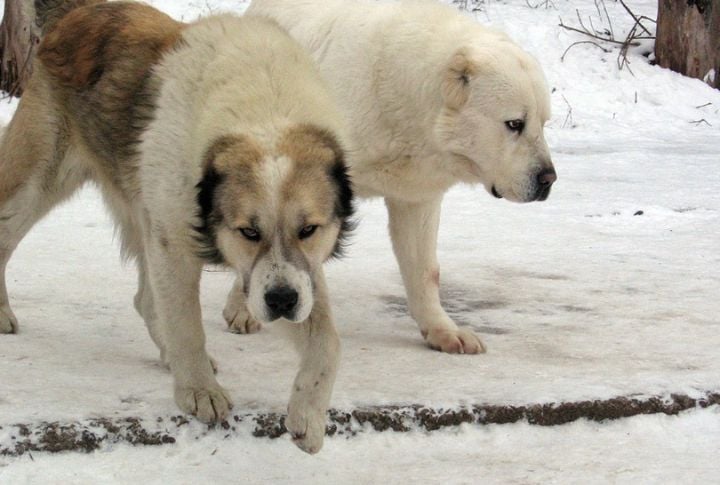
The nickname of the dog goes a long way to tell you how impressive its strength is. You’re looking at a dog whose job description once included “neutralize large predators.” When locals nicknamed it “Wolfcrusher,” it was because they watched it happen. Danger would circle, and the dog would crush.
This Breed Has Guarded Livestock For Over 4,000 Years

If you’re just now learning about this dog, you’re late. This breed is so old that one can picture them trudging beside Silk Road caravans or circling yurts on the steppes. That’s how far this breed goes. These guardians are older than some civilizations, and they’ve never forgotten their job.
It’s A Type, Not One Breed

Call it a regional alliance and not a designer dog. The Central Asian Shepherd developed across multiple countries—Turkmenistan, Kazakhstan, Uzbekistan, and more—and each added their own twist. You’ll find differences in size, temperament, and more depending on the terrain it was shaped by. One legacy, many forms.
Bred By Nature, Not Kennel Clubs

While show dogs prance, these dogs survive. You won’t find them on velvet cushions or eating organic kibble with salmon oil. Their lineage comes from trial by snowstorm. Nature bred them so hard that they can not only withstand wolves but also hunger and human war zones without flinching.
They’re Incredibly Independent Thinkers

Tell a Lab to sit—it sits. Tell this dog? It pauses, evaluates, and maybe decides you’re not the boss today. You’re not dealing with a robot. Central Asian Shepherds think for themselves because they were bred to guard when no one else was watching. They’re smart, not obedient.
They Are Large
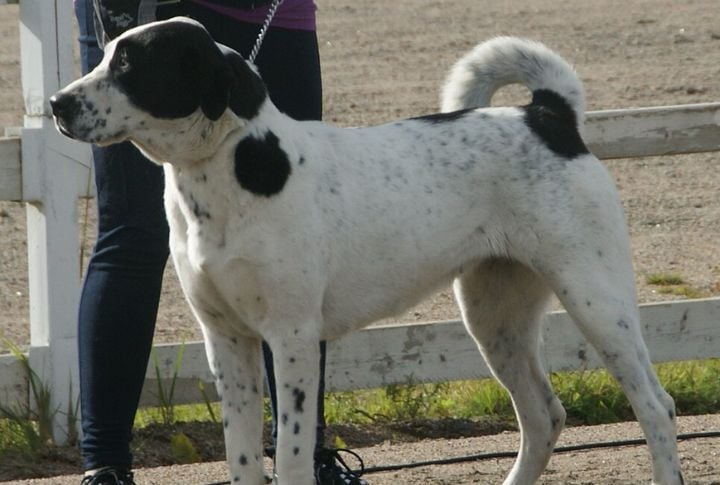
These dogs are massive. You won’t be scooping this dog into a tote bag. Males often hit 170 pounds and stand up to 32 inches at the shoulder. And female dogs aren’t far behind. That’s livestock-guarding bulk, not lapdog fluff. Let it flop onto your foot, and you’ll feel it for days.
It’s A National Treasure In Turkmenistan

In Turkmenistan, they worship it. Official statues and holidays for it are not enough. There are also state-sponsored breeding programs to boost the Alabai to living legend status. When the president unveils a 19-foot golden monument to your dog, you know it’s not just another pet.
Natural Ear Cropping Was Tradition, Not Fashion

Traditionally, ears were cropped to reduce the risk of injury during fights with predators. Long ears tear easily, and these dogs used to face wolves, jackals, rustlers, and other threats. It was survival in raw, unforgiving terrain and not for looks. Modern laws vary, but the history is clear.
These Dogs Confront Instead Of Chase
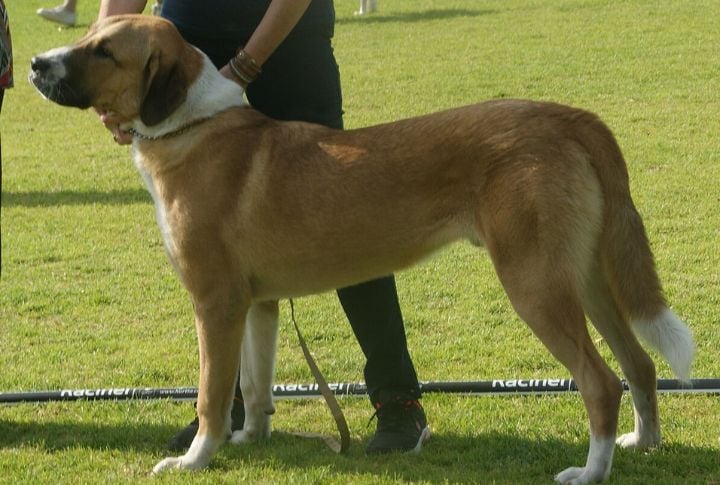
Central Asian Shepherds stand tall as they assess and wait. You won’t see them sprinting across a field like a Border Collie on espresso. When a threat shows up, they block the path, like a bouncer with paws. Their strategy is to let the danger come to them.
Socialization Is Totally Necessary

Skip the early training, and you’re inviting chaos with a bite force that shatters bone. Socialization is a lifeline and not optional. Start young and introduce widely. Also, reinforce trust constantly, or you’ll find yourself outmatched by a bodyguard who trusts no one and listens even less.
Puppies Start Guarding Instinctively

A six-week-old pup barking at birds? Or chasing shadows or circling your yard like it pays the rent? You didn’t teach it that. No one did. Guarding isn’t learned—it’s inherited. These little fuzzballs are born with a blueprint. And yes, they take that job very seriously.
Russia Helped Codify The Breed Standard

During the Soviet era, nothing escaped classification—not even the dogs. The USSR began organizing canine assets for working roles, and the Central Asian Shepherd got official papers. They standardized it to weaponize, not to beautify. And the modern breed owes some of its blueprint to that agenda.
Not All Of Them Have The Same Build
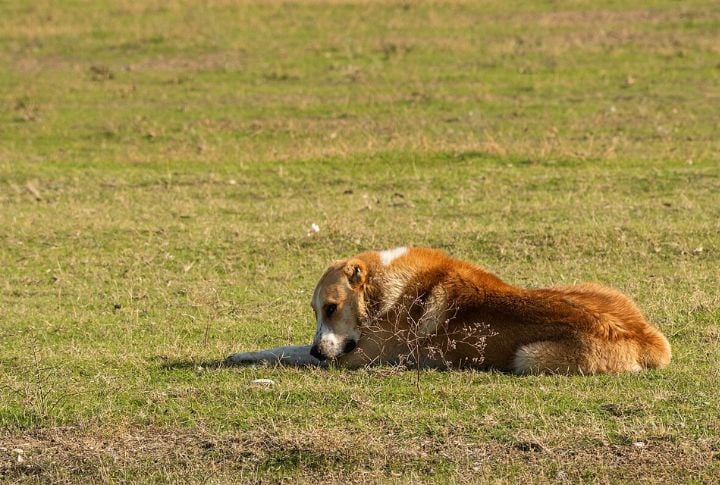
Your Alabai may look like a linebacker; your neighbor’s might resemble a long-legged sprinter. That’s no accident. These dogs were shaped by altitude, predator type, and even soil hardness. A Tajik variant won’t match a Turkmen one, and that’s what makes this breed family so fascinating and fiercely adaptable.
They Have A Thick Double Coat
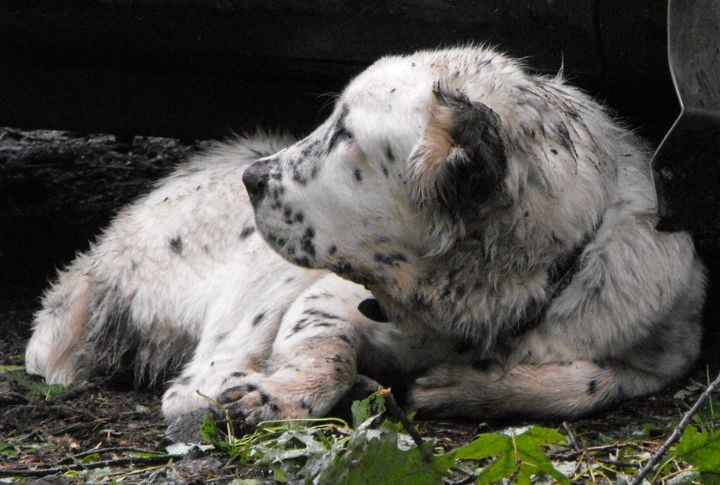
Why call this a coat when you can call it a fortress? Their thick coats are weather-resistant and built for survival. The Central Asian Shepherd Dog’s fur shields against blistering summers and brutal winters. It’s like they have a natural armor that adapts to every climate. Nature engineered it perfectly.
Not For First-Time Owners

Assuming that owning a Central Asian Shepherd Dog is a casual commitment may not end well. It demands experience and the ability to fuse leadership with respect for the breed’s natural dominance. They need an owner who understands canine psychology and sets clear expectations from day one.

